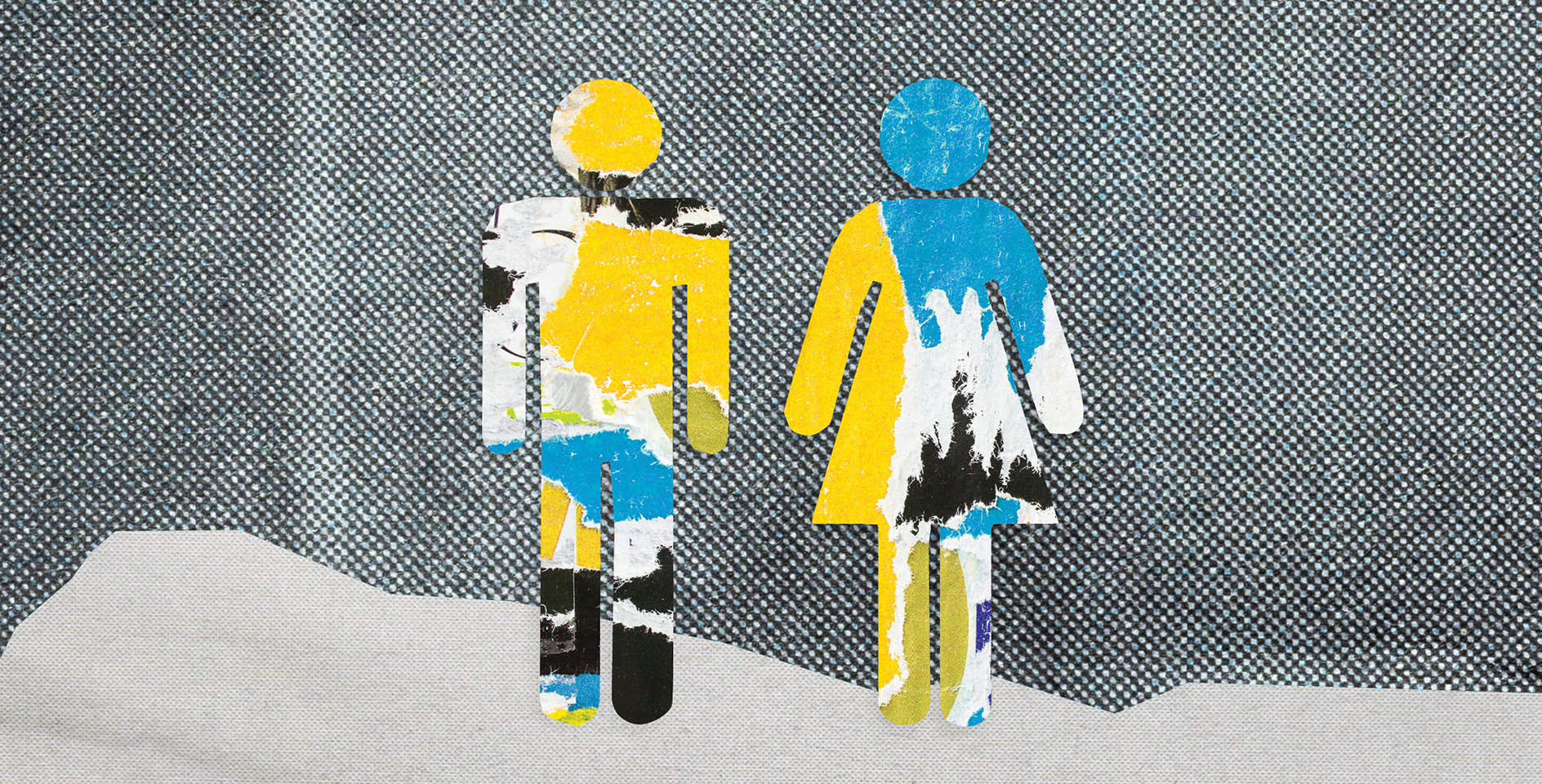A physician that merely diagnoses a problem is not particularly helpful. When we see our doctors, we expect the diagnosis as well as a treatment plan. Typically, effective treatment includes a correct answer to a “how” or “what” question. How did we get to the place we currently are? Or perhaps, what caused this problem in the first place? The answers to these questions take us to the problem’s source. If these questions are answered, then the future—the treatment—seems more plausible.
Imagine we are not talking about your physical health, but our culture’s social imaginary—what our culture has accepted as normative. For example, how did we get to a place where the sentence, “I am a woman trapped in a man’s body” (19), is understood as coherent and meaningful? Carl Trueman’s latest work, The Rise and Triumph of the Modern Self, like a good physician, goes beyond a diagnosis and explains the origins of our cultural moment.
The path of the revolution
Trueman’s thesis is that the modern (or post-modern) view of “self” is the cause of the moral and sexual revolution (22). He believes it is near-sighted and without context to suggest that somehow the sexual revolution appeared out of nowhere in the 1960s. Instead, he argues, the ideas of particular intellectuals from the 18th and 19th centuries have become mainstream, even if undetected. They are the source of this new definition of self which, in turn, is the cause of the sexual revolution. The path of the revolution, according to Trueman, follows three simple steps: (1) the “self” must be psychologized, (2) psychology must be sexualized, and (3) sex must be politicized (221).
Step One: The self must be psychologized
For a culture to conceive that a man can, in any real sense, become a woman, a psychologizing of the self must take place. The statement, “I am whom I think I am; whom I feel I am; whom I say I am,” must somehow be considered sensible. For this thinking to become part of our social imaginary, the teaching and writing of four 18th– and 19th-century men had to be believed, even if unacknowledged—Jean-Jacques Rousseau, Friedrich Nietzsche, Karl Marx, and Charles Darwin. Though most do not know these men’s specific teachings, and some may recognize their names, their ideas have seeped into our culture’s understanding of the world.
Rousseau taught that men and women are essentially born good but social conditioning has corrupted all (111). Therefore, only through authentic self-expression, no matter the expression, can man and woman be made whole again and find true satisfaction and happiness. In other words, there exists no objective human purpose in this life; each is required to self-create. Toward the same end, Friedrich Nietzsche attempted to persuade other enlightenment philosophers of the consequences of “god’s death.” He convincingly taught that without a god, there is no telos to this life, and therefore the individual must create themselves, including their meaning and purpose (174).
In contrast to Nietzsche, Karl Marx believed in a human nature; however, he taught that human nature is always in a state of flux based on cultural context. Additionally, according to Marx, because history is a story of the powerful oppressing the powerless, and because traditional morals were a tool of the oppressor, human nature does not include a responsibility to obey any “so-called” objective morality (191). Finally, Charles Darwin, perhaps the most well-known of the four, who was beloved by Nietzsche and Marx, obliterated the telos of mankind. If human life on Earth is not contingent on a creator, as Darwin opined, then the idea of an authoritative purpose to life is unnecessary.
Trueman summarizes their contribution this way: “Darwin strips the world of intrinsic meaning through natural selection; Nietzsche, through his polemic against metaphysics; Marx, through . . . a radical and consistent materialism . . .” (191-92). In other words, for all of these men, meaning is created, not given, and therefore the modern view of self need not include the material, but only the psychological. Consequently, while “self” used to be defined by a creator’s purpose, a physical body, and one’s responsibility to a community, now it is defined by only a person’s will.
Step Two: Psychology must be sexualized
Trueman then turns to Sigmund Freud to explain how the psychological man has been sexualized. He explains the main prod of Freud’s teaching as a polemic against civilization’s attempt to socially condition morality in order to curb sexual expression. For Freud, sexual gratification is the highest good for humans; therefore, sexual repression is not morally right, but morally evil. Additionally, he believed that a culture’s sexual ethic leads to inauthentic living. Hence, if “self” is psychological and true happiness is found in my unfettered expression of sexuality, then my true self—my identity—is nothing more and nothing less than the sexual expression I chose for myself. Trueman persuasively shows that before Freud, sex was an activity, but after Freud, sex was an identity.
Step Three: Sex must be politicized
Perhaps the genius of Rise and Triumph is how Trueman detects the foundation of the politicization of sex. It is no secret, especially for those on social media, that the pre-political no longer exists. Today everything is politicized—education, morals, religion, pandemics, and especially sex. Trueman points to the Frankfurt school of the early 1900s to explain the existence of what he titles the “New Left” (229). He calls this the “shotgun wedding of Freud and Marx” (230). Marx’s ideology was economic, however the Frankfurt school, particularly through Wilhelm Reich and Herbert Marcuse’s writings, amalgamated Freud with Marx, resulting in a cultural Marxism where oppression can be, and often is, psychological.
By combining the philosophies of Freud and Marx, a new victimhood was created. Instead of the oppressed being laborers who are exploited for cheap labor, the oppressed are those whose sexual preference, sexual orientation, gender identity, and so on are not recognized and celebrated by the culture at large. These sexual minorities are now victims who ought to be fought for—enter the political scene with legislation to do just that. The process is complete. How did we get to a place where misgendering someone can get you fired? Where schools allow biological men in women’s bathrooms and locker rooms? These were accomplished in three easy steps: (1) the “self” has been psychologized, (2) psychology has been sexualized, and (3) sex has been politicized (221).
Trueman’s end is not just a diagnosis or an explanation of how we got here, but an exhortation to the church—a treatment plan, if you will. He briefly suggests three things that should mark a church in our present moment: (1) the connection between aesthetics and core beliefs and practices, (2) a renewed emphasis on community, and (3) a recovery of natural law and a high view of the physical body (402-7).
A standard procedure for book reviews is to summarize, praise the good, and charitably critique the deficient. In this case, at the risk of sounding overly flattering, my critique is only that the book was not longer. Though much historical and philosophical ground is covered, Trueman’s mastery of the subject allows him to write in a way that the historian and philosopher respect, yet the layman understands. I am hopeful that Trueman will endeavor to write a sequel, possibly undertaking the practical side of how Christians might speak generously and convincingly to a culture that has redefined self. I could not recommend this book any louder. Every Christian who is paying attention to our cultural moment should have this book in their hands.










